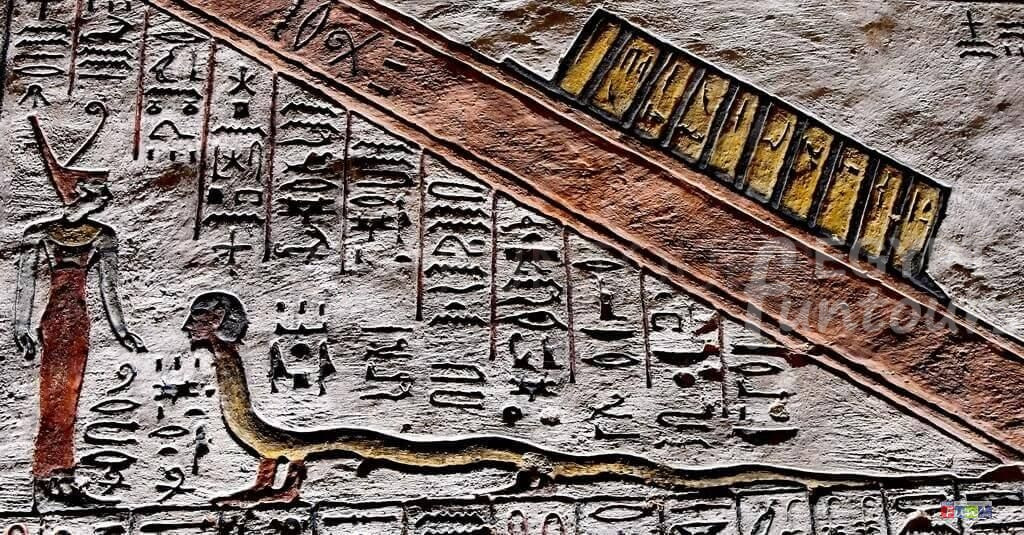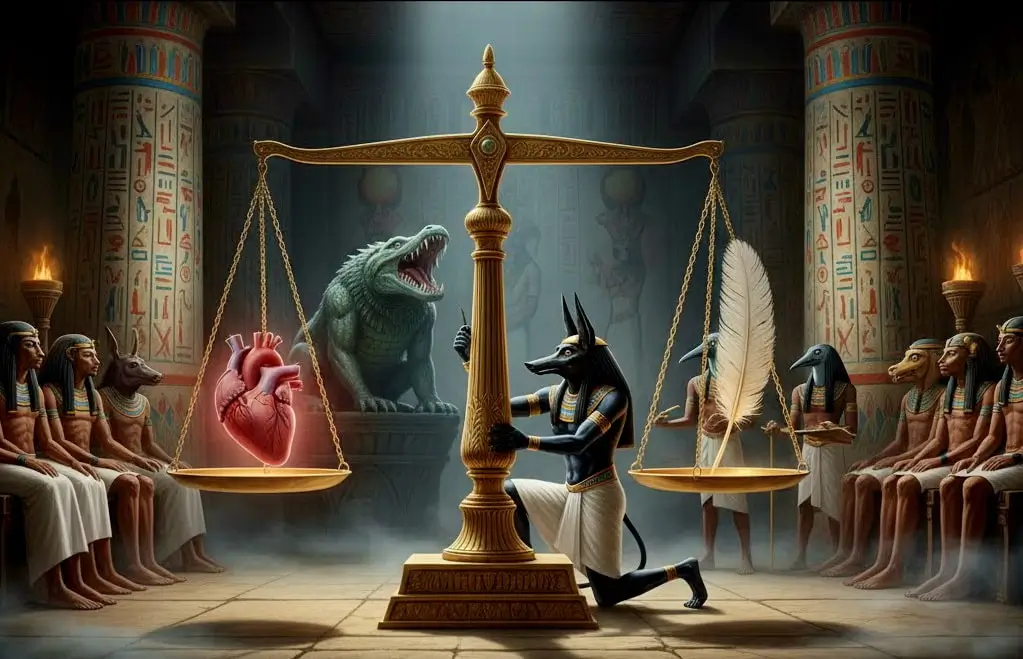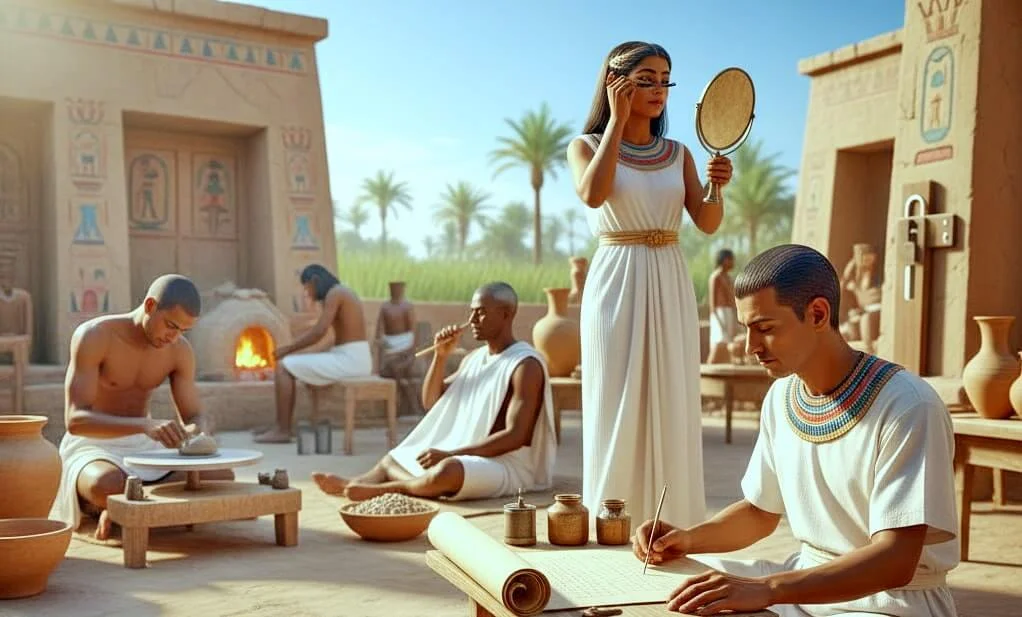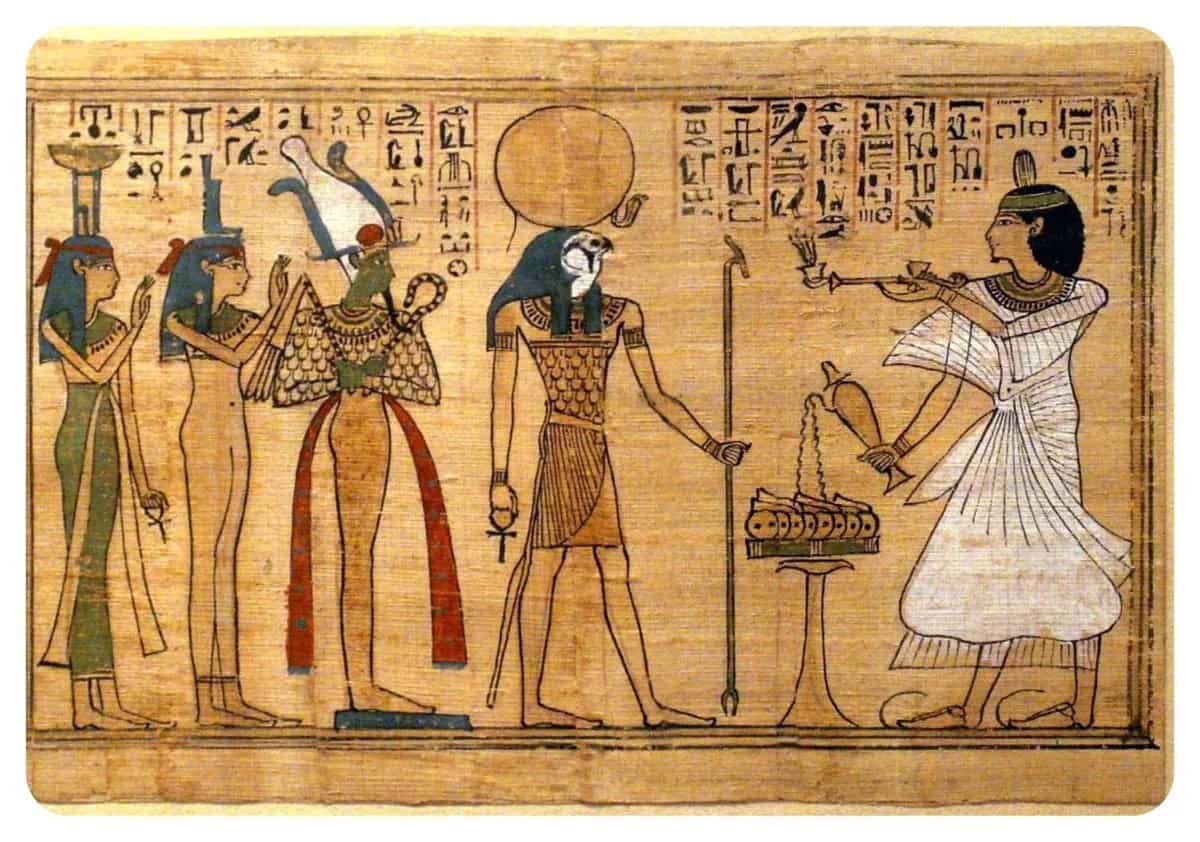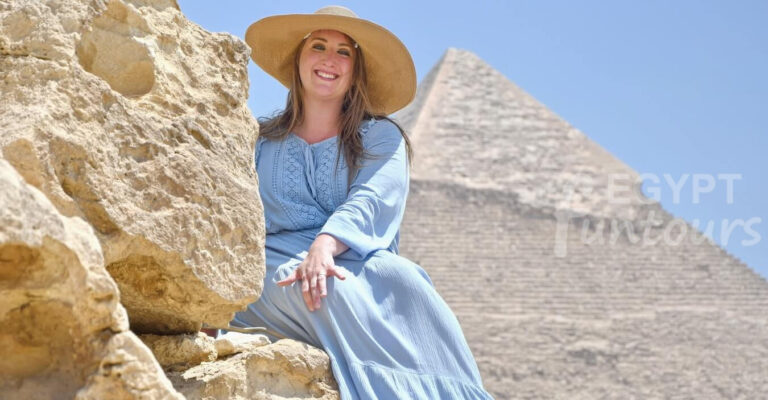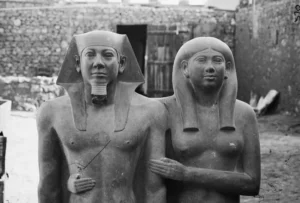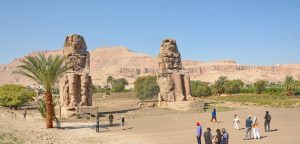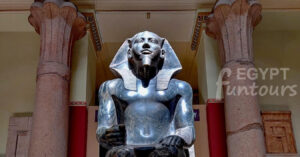Major Genres of Ancient Egyptian Literature
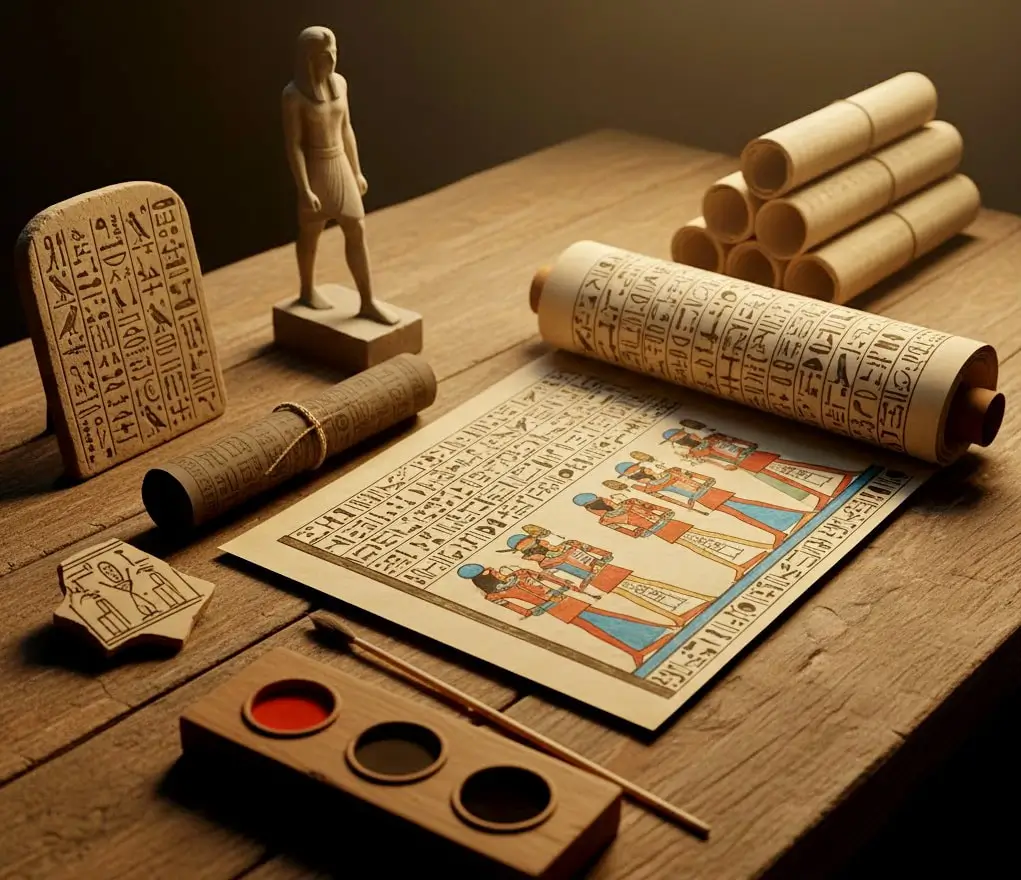
Ancient Egyptian literature was not just one type of writing. The Egyptians developed many different styles, or genres, for distinct purposes. Some texts guided souls to the afterlife, others offered practical advice, and some simply told a good story. Let’s explore the most important genres.
Religious Texts: Guiding the Soul
Religion dominated Egyptian life, so it’s no surprise that ancient Egyptian religious texts form the largest part of their surviving literature. These texts were not a single “holy book.” Instead, they were a powerful collection of spells, hymns, and instructions. Their primary purpose was to help a person’s soul navigate the dangerous journey of the Duat (the underworld) and achieve eternal life.
This category includes some of the most famous ancient Egyptian texts:
- The Pyramid Texts: These are the oldest known religious writings in the world. During the Old Kingdom, scribes carved these spells on the inner walls of pyramids. On a tour of the Saqqara complex, you can actually step inside the Pyramid of Unas and see these texts covering the walls.
- The Book of the Dead: By the New Kingdom, scribes wrote collections of these spells on papyrus scrolls for anyone who could afford one. You can see incredible, preserved examples of these scrolls at the Egyptian Museum in Cairo, but nothing beats seeing the spells painted in vibrant color on the tomb walls in Luxor.
- The Coffin Texts: In the Middle Kingdom, this tradition evolved. Scribes now wrote similar spells on the insides of coffins for nobles and wealthy officials. This development “democratized” the afterlife, offering its secrets to more people than just the king.
Wisdom Literature: Instructions for a Virtuous Life
The Egyptians also wrote practical guides for living a successful and moral life. We now call this ancient Egyptian wisdom literature. These texts, known as “Instructions” (Sebayt), often feature a wise, older father or official advising his son on how to succeed.
They offer timeless advice on humility, honesty, avoiding arguments, and being a just leader. For example, the Instructions of Ptahhotep is a famous text that teaches a young official how to serve gracefully, listen well, and grow old with wisdom. These texts show us what the Egyptians valued as a “good” and “successful” person.
Narratives and Stories: Entertainment and Propaganda
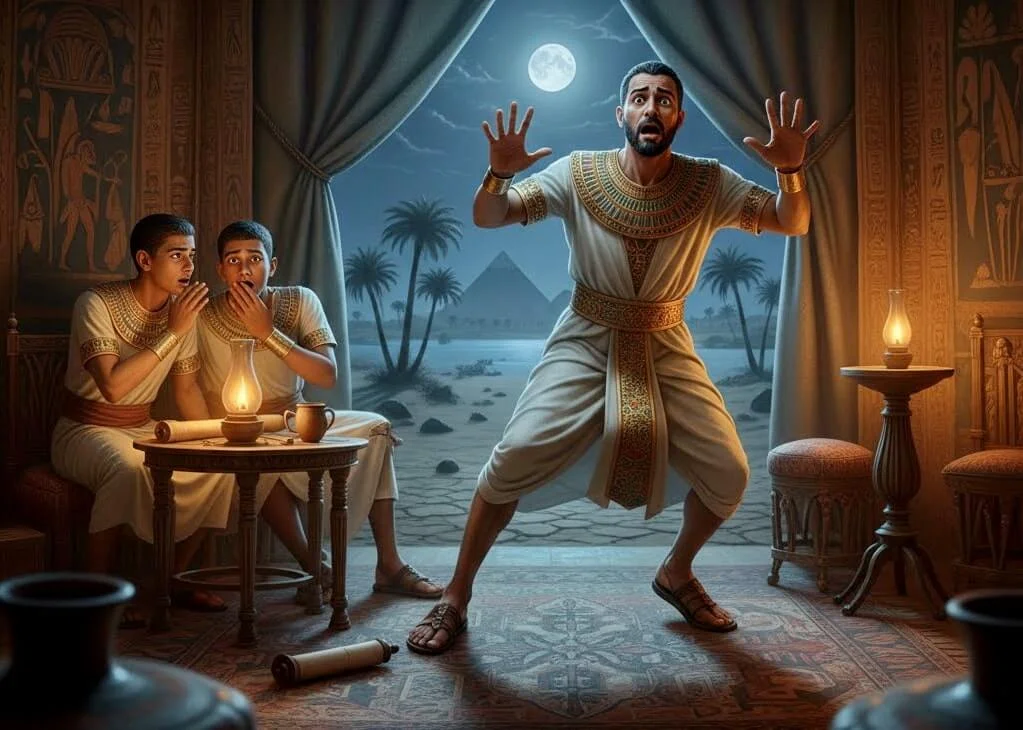
Yes, the ancient Egyptians loved a good story, too! Scribes wrote exciting fictional narratives, not just for entertainment but also as a formof sophisticated propaganda.
The most famous masterpiece of ancient Egyptian literature is the Story of Sinuhe. This epic tale follows a royal courtier who flees Egypt in fear when the king dies. He has grand adventures in foreign lands, becoming a rich and successful hero. Finally, the new pharaoh welcomes him home, and he is buried as a respected Egyptian. This story was so popular that student scribes copied it for hundreds of years. Other works, like the Tale of the Shipwrecked Sailor, tell of high-sea adventures and magical encounters.
Poetry and Hymns: Love, Life, and the Gods
Ancient Egyptian poetry reveals the more personal side of their culture. Scribes composed beautiful, complex hymns to honor their gods, such as the Great Hymn to the Aten, which praises the sun god as the creator of all life.
But they also wrote deeply personal and surprisingly relatable love poems. These short, passionate songs describe the feelings of young lovers—longing, excitement, and heartache—in words that still feel fresh and modern today. They speak of “my sister” (a term of endearment for a lover) and the feeling of a heart beating faster.





